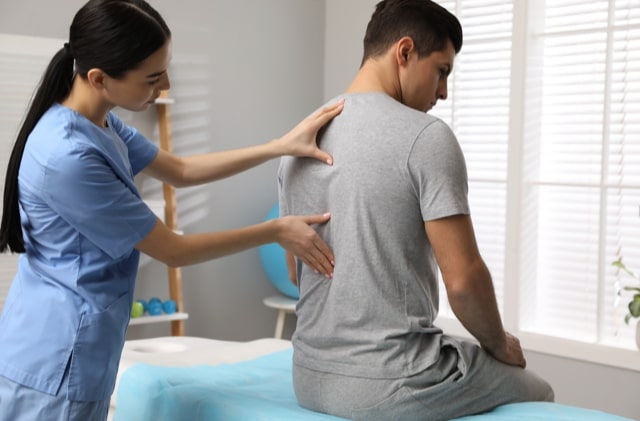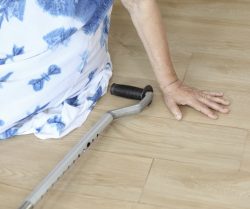Understanding Scoliosis: Types, Effects on the Body, and Rehabilitation Options

Scoliosis is a spinal condition characterized by an abnormal, sideways curvature of the spine, which can cause various physical and functional challenges for affected individuals. In this article, we will explore the different types of scoliosis, the effects of the condition on the body, and the rehabilitation options available for managing and treating scoliosis.
1. Types of Scoliosis
There are several types of scoliosis, each with unique characteristics and causes:
- Idiopathic Scoliosis: The most common form of scoliosis, idiopathic scoliosis, has no known cause. It typically develops during adolescence and can be classified as infantile, juvenile, or adolescent, depending on the age of onset.
- Congenital Scoliosis: This type of scoliosis is present at birth and results from abnormal spinal development during fetal growth.
- Neuromuscular Scoliosis: Neuromuscular scoliosis is caused by underlying neurological or muscular conditions, such as cerebral palsy or muscular dystrophy, that affect the muscles and nerves surrounding the spine.
- Degenerative Scoliosis: Also known as adult-onset scoliosis, degenerative scoliosis results from the natural aging process, wear and tear on the spine, or spinal injuries.
2. Effects of Scoliosis on the Body
The severity of scoliosis and its effects on the body can vary widely, depending on the degree and location of the spinal curve. Common effects of scoliosis include:
- Altered posture and appearance: Scoliosis can cause visible changes in posture, such as uneven shoulders, a protruding shoulder blade, or a prominent ribcage.
- Pain and discomfort: Some individuals with scoliosis may experience back pain or discomfort, particularly in more severe cases or with degenerative scoliosis.
- Breathing difficulties: Severe scoliosis can compress the chest cavity, restricting lung function and making it difficult to breathe.
- Impaired mobility and balance: Scoliosis can affect spinal alignment and stability, leading to challenges with mobility and balance.
- Additional health complications: In some cases, scoliosis can lead to complications such as nerve compression, disc degeneration, or spinal arthritis.
3. Rehabilitation Options for Scoliosis
Rehabilitation plays a crucial role in managing scoliosis and mitigating its effects on the body. Treatment options may vary depending on the severity and type of scoliosis. Common rehabilitation approaches include:
- Observation and monitoring: For mild scoliosis, regular monitoring and check-ups with a healthcare professional may be sufficient to track the progression of the spinal curve and determine if further intervention is necessary.
- Physical therapy: Physical therapy can help individuals with scoliosis improve posture, muscle strength, and flexibility, reducing pain and discomfort and enhancing overall function.
- Bracing: For moderate scoliosis, particularly in growing adolescents, a custom- made brace may be prescribed to help slow or prevent the progression of the spinal curve.
- Pain management: Over-the-counter pain relievers, prescription medications, or alternative therapies, such as acupuncture, may be recommended to manage pain associated with scoliosis.
- Surgery: In severe cases, spinal surgery may be necessary to correct the spinal curve, alleviate pain, or address other complications caused by scoliosis.

Scoliosis, a multifaceted spinal condition, presents a range of types and causes, each with its unique set of challenges for those affected. Gaining a comprehensive understanding of the various types of scoliosis, along with their impact on the body, is vital for identifying the most suitable rehabilitation and treatment strategies. By collaborating with healthcare professionals, individuals living with scoliosis can receive the necessary support and interventions, empowering them to maintain an optimal quality of life while minimizing the condition's potential long-term effects.




